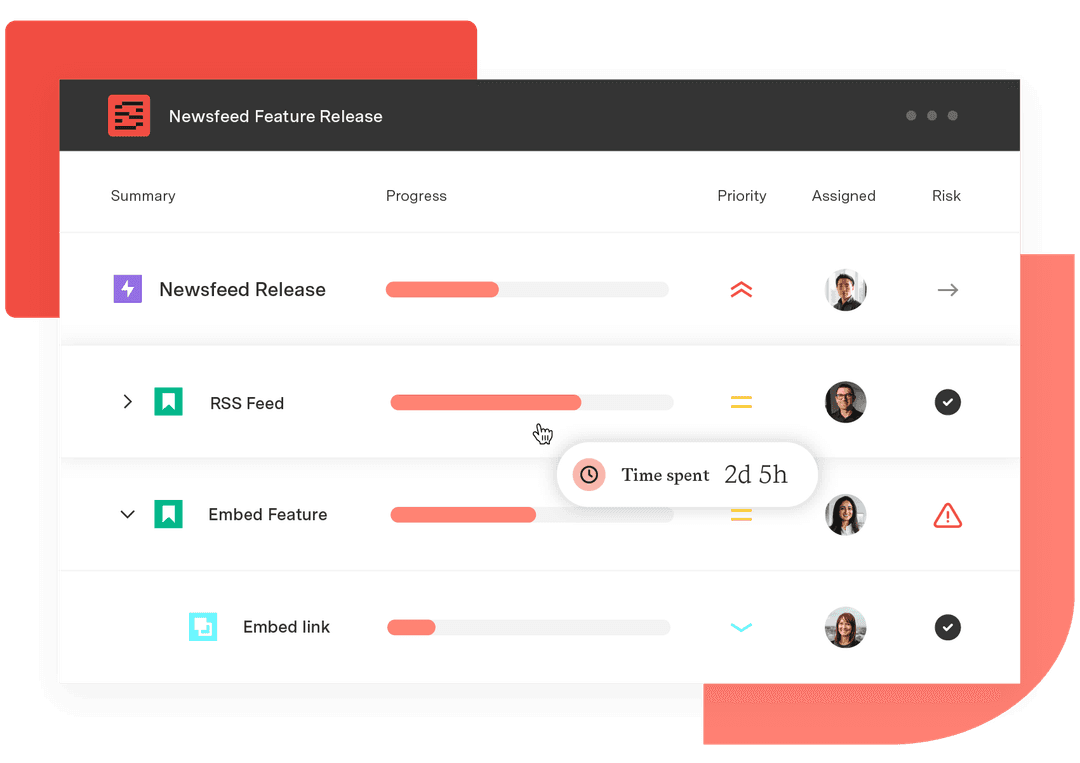How Tempo Timesheets & Structure PPM increased CTSI-Global's revenue streams
Tempo Team
This success story is based on a interview we had with CTSI-Global and also draws on footage from Atlassian Summit 2019.
CTSI-Global is one of the largest privately owned freight audit technology providers in the world, with 1,825,000,000 annual transactions and $27,400,000,000 processed annually. At the time of our interview, CTSI-Global had 300 employees, with 270 of them using Timesheets by Tempo to help with their admin.
Interview with CTSI-Global from Atlassian Summit 2019
The problem with spreadsheets
Before finding Timesheets, employees at CTSI-Global relied on spreadsheets to track their time. That meant one person had to compile everyone’s separate spreadsheets to get everybody’s time in one place, and there was no central location for storage.
This method was slow, involved a lot of manual data entry (which comes with the risk of mistakes) and it was borderline impossible to assosicate all the time spent with specific tasks, which was a problem when it came to billing customers.
The billable time for custom development was not being tracked accurately, and customers were not billed for overages, which resulted in loss of revenue. Given that 15 to 20% of CTSI-Global’s onboarding projects go over the allotted hours, the amount lost was considerable. “Timesheets by Tempo was really the reason we adopted Jira and Confluence company-wide,” said Todd Winton, the development manager at CTSI-Global, who manages the company’s collaboration platforms which include Jira and Confluence.
Timesheets was perfect for their needs, which centers on billing. Typically, CTSI-Global offers each customer a certain number of hours as a part of an onboarding contract. The customer is billed for every hour over that amount.
CTSI-Global uses Tempo Accounts to gather their customers’ worklog data for billing. Each has a customer name and customer number, and what appears in Tempo matches what’s in their customer registry in a direct one-to-one relationship.
“The account management in Tempo is a key feature, as well as the ability to export via API,” Winton said.
Using Structure PMM to forecast the time it takes to onboard customers
CTSI-Global also uses another Jira add-on which is part of the Tempo family called Structure PPM. Structure PPM helps its customers visualize, track ,and manage progress across Jira projects and teams. It does this with adaptable, user-defined, issue hierarchies presented in a intuitive spreadsheet-like view of Jira issues.
Structure PPM sits on top of Jira, so updates are always in sync. That means no more extra apps or exporting as it aligns teams and communicate real-time progress to the organization across all levels, without all the meetings.
Plus, it has full integration with Timesheets to track work time and billable hours alongside your project data.
For CTSI-Global, Structure PPM provides a set of repeatable tasks that the company performs for all customers for onboarding. They look at previous customers to see how long it will take for each task, and then they can record that within the template structure. With this method, and with data from Timesheets, the company has an idea of how long it's going to take to onboard a customer.
Benefits of using Tempo tools
New revenue streams
Thanks to Tempo, CTSI-Global opened completely new revenue streams for overages and implementation time. They saw a 900% increase in custom development hours in the first six months of implementing Tempo tools.
“Initially, there was an increase in revenue based on custom development and any overages and hours provided for implementation, and that's remained pretty consistent since we've implemented Tempo,” Winton says, “it’s a whole lot of revenue that we didn’t realize before.”
Detailed reporting
“We actually bill for custom development now, whereas previously, people weren’t sure if we did or not,” Winton added, “we have the ability to investigate that at a very granular level to see if we are applying the correct amount of time and getting paid for that time.”
Improved customer onboarding
Being able to see the time worked using Structure PMM and Tempo has certainly helped CTSI-Global with forecasting. They’ve been able to reduce onboarding time over the past four years by 30%.
Winton said: "The biggest benefit of using Timesheets with Structure PMM is being able to plan resource availability and the number of onboarding projects we can handle at once.
"It is as powerful as the amount of information you put into it."
Better alignment
Now, since the company has adopted Tempo Timesheets, there are no more decentralized spreadsheets that are disassociated from tasks.
“Tempo has made everyone in the company more aware of what we’re billing time for,” Winton says, “so everyone has a stake in making sure our customers are billed appropriately.”


